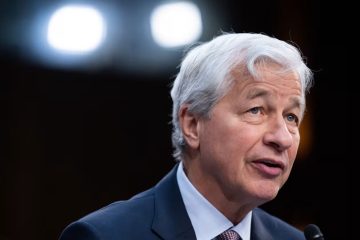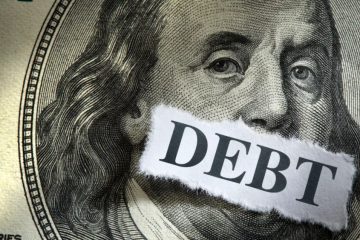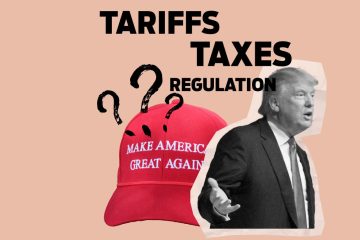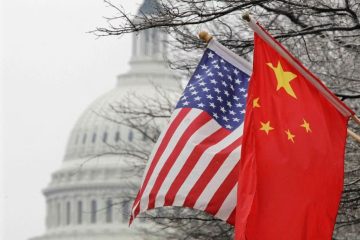A Stock Market Crash That Lasted for 30 Years: What We Can Learn From It
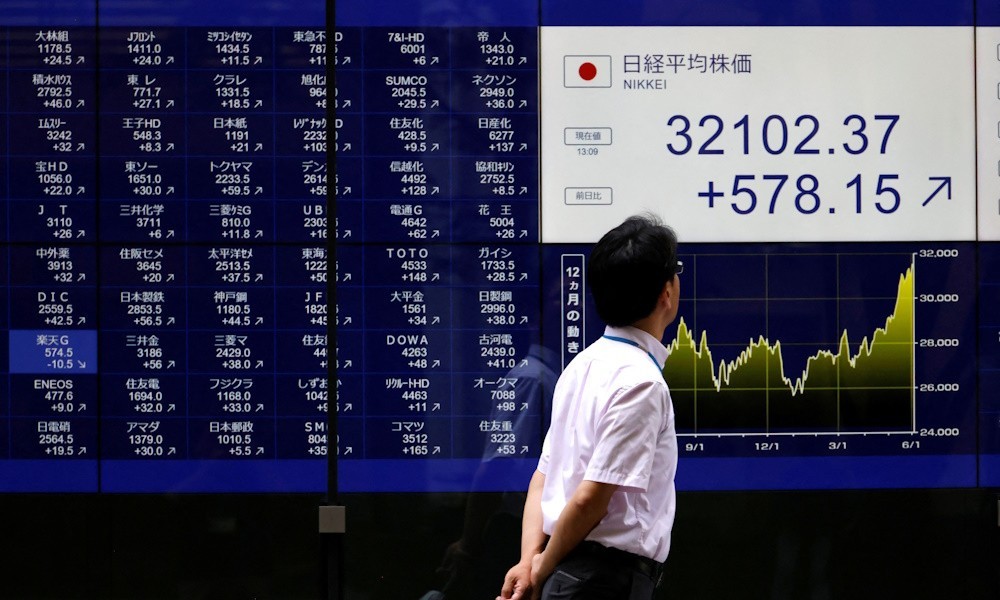
A break of 34 years for Japanese shareholders could be on the horizon as the Nikkei 225 index comes within a whisker of surpassing its 1989 peak. This is a reason to rejoice, but it also presents a seriously incorrect perspective on stock investing in the United States and Japan.
The Nikkei has almost equaled the S&P 500 in dollar terms since the beginning of last year, despite having very little exposure to the artificial-intelligence surge propelling U.S. markets. The country’s equities have skyrocketed, so the celebration is evident.
But there are reasons not to celebrate, both in terms of the big picture and your main investments.
On a grand scale, it represents how terrible things have been, which is hardly something to be rejoiced in. The atmosphere is more somber than celebratory. The Nikkei Index, a measure of Japanese stock market performance, fell more than 80% from its 1989 peak.
The Nikkei lost nearly as much, but over a longer time, as the S&P 500’s forerunner did from 1929 to 1933, during the Great Depression, crushing investors. The US market did not reach its current peak for another 25 years.
Important though it may seem, headline index numbers don’t matter much when looking at the big picture. Similar to the Dow Jones Industrial Average, the Nikkei is a terrible indicator of market health. Investors’ dividends are not factored into the index figures. They fail to take inflation’s destructive effects into account. Returns measured during the height of the largest bubble ever recorded also don’t provide much insight into what the future holds.
One faulty metric is the Nikkei. Since the Nikkei averages stock prices—a concept first introduced in 1950 by the name-brand newspaper—high-priced stocks have more weight than low-priced ones. Like the Dow, this produces absurd outcomes because stock prices are based on the arbitrary number of shares issued by a corporation.
Fast Retailing, owner of the Uniqlo apparel business, is the biggest element of the Nikkei, making up about 11%. One percent goes toward Toyota Motor, the most valued firm in the nation. If we were to use the same methodology as other significant indexes and rank stocks by market value, Fast Retailing would constitute less than 2% of the gauge and the seventh-largest component.
If it weren’t for the fact that the Nikkei actually matters (unlike the Dow), this would be laughable. Its futures contracts are significantly more actively traded than those based on the stock exchange’s superior index, the Topix. This leads to massive monetary transfers based on factors that are inadequate to guide decisions about the distribution of capital among businesses.
Even when adjusted for the Topix index rather than the Nikkei, stock prices are over 8% lower than their all-time high in December 1989. Therefore, it is too soon to celebrate a new price high.
The dividend is essential. The long-term impact of reinvesting dividends is substantial due to the compounding effect. Investing $100 in U.S. equities during the last fifty years would have yielded $6,200 (before expenses and taxes) but $25,000 (after dividends). The situation is identical in Japan, where the dividend yield of 2% is currently significantly greater than in the US.
By March of 2021, an investor who had the audacity to purchase during the bubble’s peak and reinvest dividends had recovered all of their losses. We totally neglected to have a party.
Also, inflation is important. Japanese asset owners were fortunate that their investments did not lose value due to inflation during the so-called “lost decade” since, thanks to a half-century of deflation, prices dropped. Unfortunately, even after accounting for inflation, returns were substantially better in other regions. The after-inflation value, excluding dividends, of the Nikkei (and Topix) remains significantly lower than the peak in 1989, due to inflation both before and after the lost decade.
A stronger currency, which is typically associated with deflation, was not even offered to Japanese investors as recompense: After a decade of government support, the yen has depreciated to a level similar to that of the bubble in 1989.
As Japan rids itself of the psychological effects of that bubble, there is a psychological cause to cheer.
Put aside the petty cost of a flawed index and consider the actual shifts taking place in the nation. With the passage of time, Japan’s banks were able to recover, businesses were able to cope with the excessive investment of the 1980s, and consumers were able to overcome the deflationary mentality brought about by ever-decreasing prices and stagnating salaries. Valuations also declined. Companies in Japan are considerably more appealing now that the private sector has recovered, even though the government’s debt is still excessively high.




